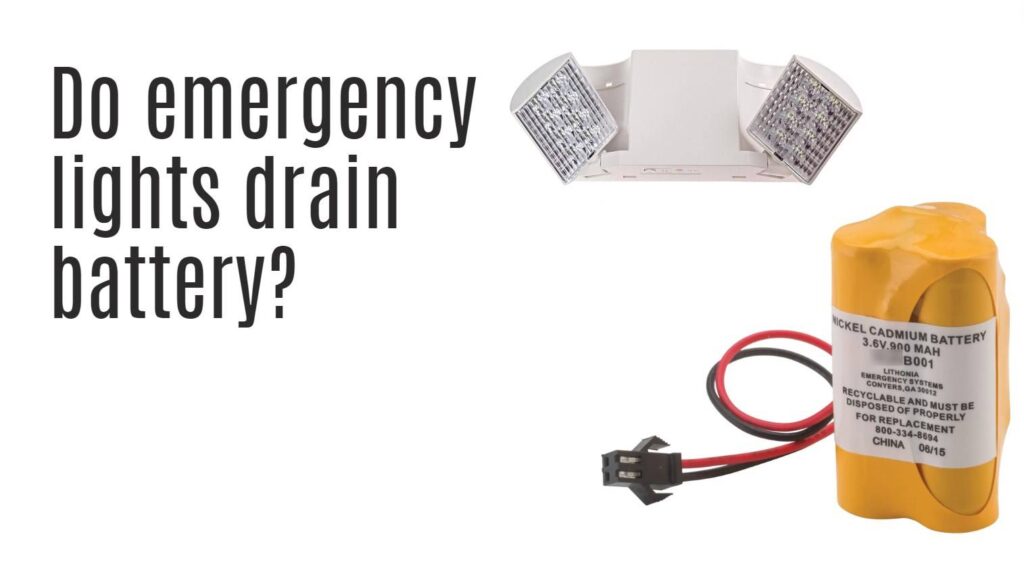
Hazard lights are an essential safety feature, alerting other drivers to your presence in potentially hazardous situations. However, it’s crucial to understand that using them excessively can put a strain on your car battery. This article delves into the relationship between hazard lights and battery drain, exploring the factors influencing battery life and providing guidance on safe usage practices.
This comprehensive guide will examine how hazard lights impact your car battery, discuss the variables affecting battery longevity, and offer practical tips to prevent battery depletion. We’ll also address specific scenarios where using hazard lights for extended periods might be unavoidable.
Hazard Lights and Battery Drain
Hazard lights illuminate multiple bulbs simultaneously, drawing a significant amount of current from your vehicle’s electrical system. This continuous power draw can gradually deplete the battery, especially if the engine is not running to recharge it. Think of it like using a flashlight for hours on end – eventually, the batteries will run out.
The intensity of the drain depends on several factors, including the number of bulbs used in your hazard light system and the overall electrical load of your vehicle. Modern vehicles with advanced electronics and multiple power-consuming features may experience a more pronounced battery drain when hazard lights are activated.
Factors Affecting Battery Life
Several factors can influence how long your car battery can withstand extended use of hazard lights:
Battery Age and Condition
A new, fully charged battery will naturally hold its charge longer than an older or weakened battery. Over time, batteries lose their capacity to store energy effectively, making them more susceptible to rapid discharge.
Vehicle Electrical System
Vehicles with complex electrical systems, including numerous accessories and electronic components, tend to draw more power even when the engine is off. This increased load can exacerbate battery drain when hazard lights are activated.
Ambient Temperature
Extreme temperatures, both hot and cold, can negatively impact battery performance. Cold weather reduces a battery’s ability to deliver power, while excessive heat can accelerate internal degradation.
How Long is Too Long?
There’s no definitive answer to how long you can safely leave hazard lights on before your battery dies. It varies significantly based on the factors mentioned above. However, as a general guideline, it’s best to avoid leaving them on for extended periods, such as several hours.
If you find yourself needing to use hazard lights for an extended duration, consider periodically starting your engine to recharge the battery or using jumper cables if necessary.
Avoiding Battery Death
Here are some practical tips to prevent your car battery from dying due to excessive hazard light usage:
- Use Hazard Lights Sparingly: Only activate them when absolutely necessary, such as during emergencies or temporary roadside stops.
- Turn Off Unnecessary Accessories: Minimize the electrical load on your system by turning off non-essential accessories like the radio, air conditioning, and interior lights when using hazard lights.
- Keep Your Battery Healthy: Regularly check your battery’s charge level and ensure it’s properly maintained. Replace worn or damaged batteries promptly.
Emergency Situations
In emergency situations where you need to use hazard lights for an extended period, prioritize safety and take the following steps:
- Assess Your Surroundings: Ensure you are in a safe location away from traffic.
- Call for Assistance: Contact roadside assistance or emergency services if possible.
- Conserve Battery Power: Turn off any unnecessary accessories and limit your use of other electrical components.
Conclusion
While hazard lights are crucial for safety, it’s important to be mindful of their impact on your car battery. Understanding the factors influencing battery life and adopting safe usage practices can help prevent unexpected breakdowns and ensure your vehicle remains reliable in emergencies. Remember, responsible hazard light usage contributes to both personal safety and overall vehicle maintenance.
